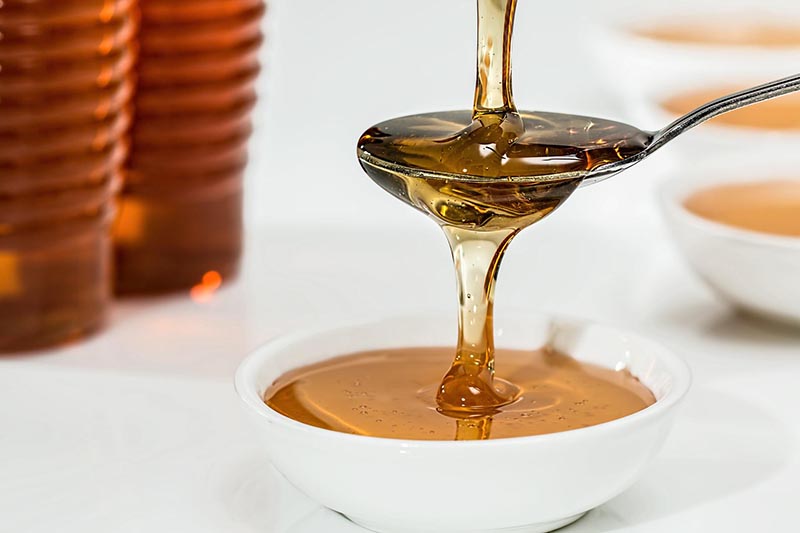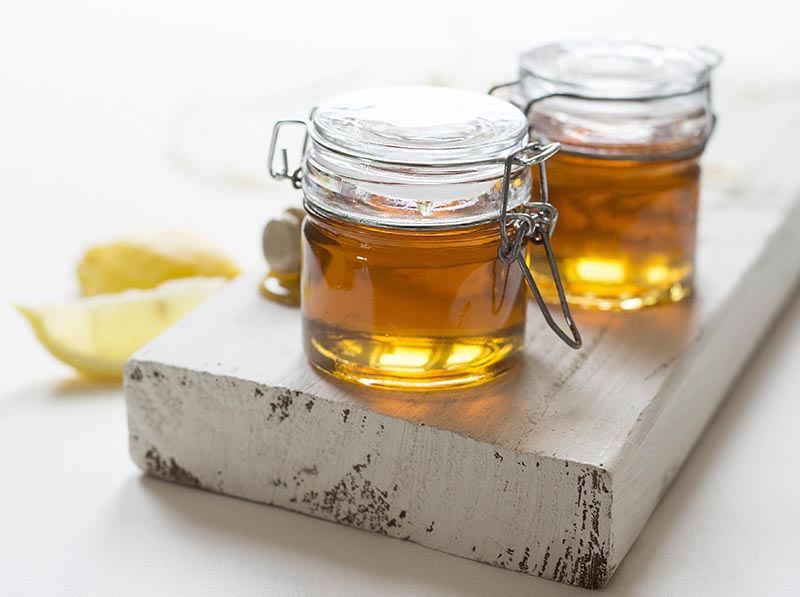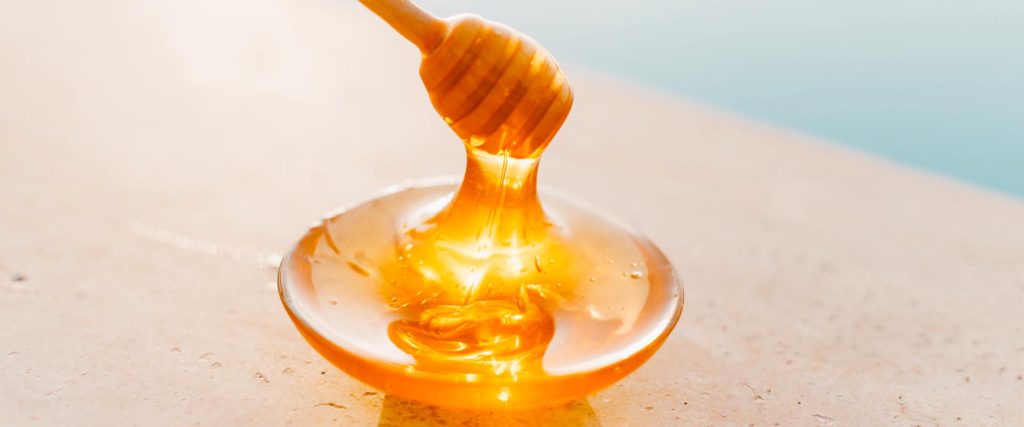Argentine honey? yes, and of great quality. Let's go by part: for centuries, honey was the only sweetener known to the western world. Today it is an essential product for health-conscious consumers, not just because of its prodigious nutritional properties but also its unique flavor. Honey is the result of a natural, biological process, produced by bees in a hive. As in the world of wine, the aromas and flavors of each honey depend on the terroir in which they were made.
There are as many different varieties as there are flowers and geographies on the planet. They can be unifloral or multifloral but they all share a sweet flavor with a slight bitterness and umami, and a complex aroma which includes notes of caramel, vanilla, fruit, flowers, butter and sweet spices.

Argentine honey, a whole world to be discovered
It’s a little-known fact that Argentina plays a major role in the global honey industry. It’s not just soybeans, beef and Malbec: the country is one of the main producers of honey in the globe and the second largest exporter on the planet with an average annual volume of 75,000 tons a year (data: www.argentina.gob.ar 2021).
Within this, organic honey production is also a very important segment: the country was the first in South America to achieve third country parity to export to the EU, fulfilling all the applicable requirements and regulations, allowing Argentine honey producers to sell into the EU with direct recognition from the destination country, a major competitive advantage for Argentine producers.
Argentine honey is today considered a specialty in markets such as the USA, Germany, Japan, Belgium and Italy, who buy 95% of the honey produced in bulk.
The plan for the future is to bring added value to Argentine honeys with packaging and labeling that emphasizes the diversity and richness of each region of the country.

World bee day
Every May 20, the existence of bees is celebrated all across the planet: according to the United Nations, 90% of the world’s food is derived from 100 different crops and 71 of these are pollinized by bees.
Einstein put it best: “If the bees were to disappear, man would only have another four years of life on earth. Without bees, there’d be no pollinization, no grass, no animals, no humans.”
During the celebration, there will be a focus on honey, the bees’ sacred product. Each geographic region provides exceptional honey, which is why it is considered federal produce (production is concentrated in the middle of the country: Santa Fe, Buenos Aires, Córdoba, and La Pampa. But there are also producers in Patagonia, Chaco, Delta del Paraná, Cuyo, and many other places).
Latest news: the Tucuman Lemon Blossom Honey GI
In addition to honey, Argentina is the leading producer and processor of lemons in the world and the second biggest exporter of fresh lemons. Tucumán is the largest lemon producing province in the country and moves are afoot to recognize and register the “GI Tucuman Lemon Blossom Honey”.
Lemon blossom honeys are very light in color with floral aromas and, in some places, a gentle hint of acidity. They crystalize slowly and in the mouth they’re gentle and creamy. So if you’re ever travelling through Tucumán, you’ll find some incredible honey.

Melipona bees, stingless indigenous American bees
Stingless native bees from the Americas (known as ANSA) were used as sources of honey by indigenous communities long before the Spanish arrived. They belong to the meliponid family, which inhabits tropical and subtropical areas in the Americas, Asia, Africa and Oceania and differ from the mellifera bees (Apis mellifera) and others in the Apis genus because their sting is atrophied.
These bees produce a special honey which in Argentina can be found mainly in the Provinces of Misiones, Chaco, Formosa, Santiago del Estero, Tucumán, Salta and Jujuy. It has grown in importance since 2019, when ANSA honeys were included in the Argentine Nutrition Code.
So, if you’re travelling through these latitudes, you know: wherever you are, there are very special Argentine honeys waiting right around the corner.



